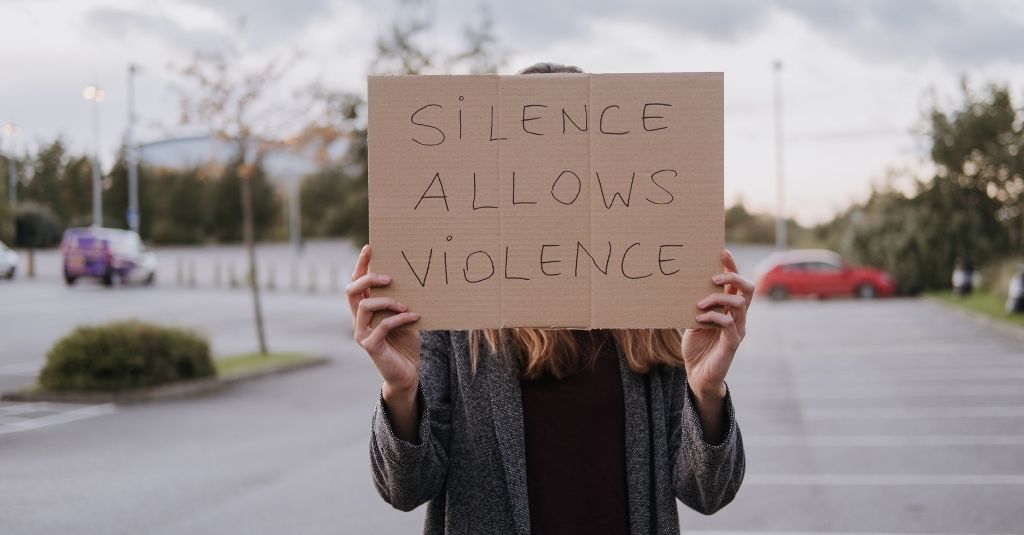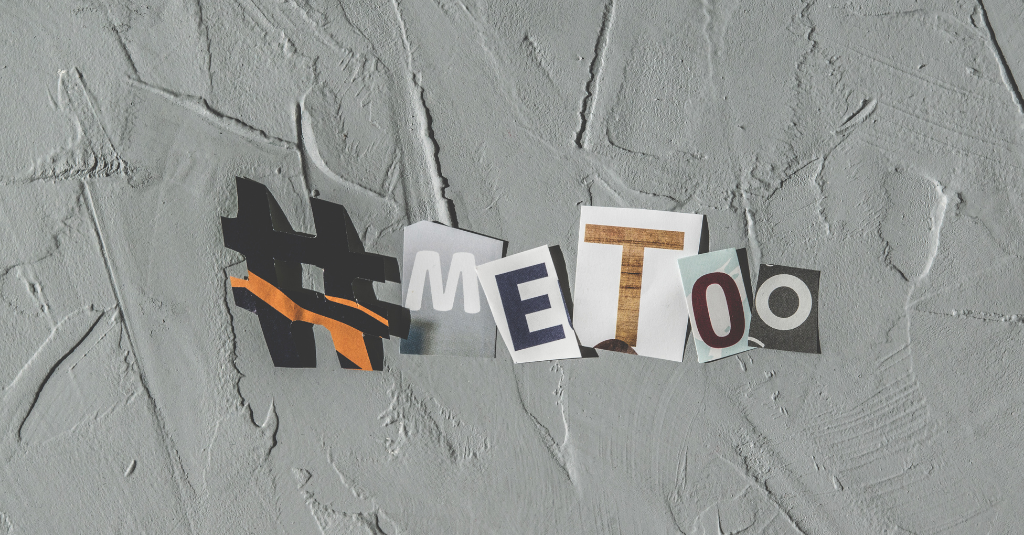What are workplace bullying and harassment?
How do I know if I am being bullied and or harassed in the workplace?
That is a question in the news and my opinion, workplace bullying is an epidemic with a huge emotional and financial impact on victims, coworkers, and our workplaces.
What is bullying in the workplace? From Canadian Occupation Health and Safety
What is workplace bullying?
Bullying is usually seen as acts or verbal comments that could psychologically or ‘mentally’ hurt or isolate a person in the workplace. Sometimes, bullying can involve negative physical contact as well. Bullying usually involves repeated incidents or a pattern of behaviour that is intended to intimidate, offend, degrade or humiliate a particular person or group of people. It has also been described as the assertion of power through aggression.
Bullying is repeated behavior, not just one time. We all make mistakes, say the wrong thing make a bad joke but there is a difference between a bully and a mistake and it is the intent. A bully intends to wound, have power over to hurt and destroy. Abusive comments and actions that are intended to hurt, intimidate another person or persons. Bullying can include a power imbalance either real or perceived and the fear to speak up.
Speaking from experience workplace bullying and harassment began at my first detachment with ‘hazing’ rituals such as comments which were excused away as humor and jokes. Often the victim may be unaware of the intent and can ignore the comments. Does it usually stop if you ignore it? No, like any violence it can and often escalates.
How do I know if I am being bullied? Am I too sensitive? Is it my fault?
What are examples of bullying?
While bullying is a form of aggression, the actions can be both obvious and subtle. It is important to note that the following is not a checklist, nor does it mention all forms of bullying. There is no way to predict who may be the bully or the target.
This list is included as a way of showing some of the ways bullying may happen in a workplace. Also remember that bullying is usually considered to be a pattern of behaviour where one or more incidents will help show that bullying is taking place, but it may be one incident, especially one that has a lasting effect.
Examples include:
- Spreading malicious rumors, gossip, or innuendo.
- Excluding or isolating someone socially.
- Intimidating a person.
- Undermining or deliberately impeding a person’s work.
- Physically abusing or threatening abuse.
- Removing areas of responsibilities without cause.
- Constantly changing work guidelines.
- Establishing impossible deadlines that will set up the individual to fail.
- Withholding necessary information or purposefully giving the wrong information.
- Making jokes that are ‘obviously offensive’ by spoken word or e-mail.
- Intruding on a person’s privacy by pestering, spying, or stalking.
- Assigning unreasonable duties or workload which are unfavorable to one person (in a way that creates unnecessary pressure).
- Underwork – creating a feeling of uselessness.
- Yelling or using profanity.
- Criticizing a person persistently or constantly.
- Belittling a person’s opinions.
- Unwarranted (or undeserved) punishment.
- Blocking applications for training, leave, or promotion.
- Tampering with a person’s personal belongings or work equipment.
If you are not sure an action or statement could be considered bullying, you can use the “reasonable person” test. Would most people consider the action unacceptable?
During my 20 years with the RCMP, I experienced every one of the above examples and more. Ignoring the ‘hazing’ did not work for me and only seemed to encourage the name-calling to include other humiliating and sexually derogatory words. Any ‘reasonable person’ would find the names ‘beaver’ and ‘raison tits’ as offensive. A form of intimidation and it was a way to control and undermine my authority as a police officer.
What is harassment in the workplace? From the Manitoba Human Rights Commission
What is harassment?Harassment is abusive and unwelcome behaviour that degrades, demeans, humiliates, or embarrasses a person. It is a form of discrimination when it is based on one of the protected grounds (ancestry, sex, religion etc). The person experiencing the harassment may have informed the harasser the behaviour is unwelcome or the behaviour may be deemed unwelcome if a reasonable person in those circumstances would view it that way.It can take many forms:verbal behaviour (comments, innuendo, jokes, threats)gestures and other non-verbal behaviour (touching or unnecessary physical contactvisual forms of harassment (posters, videos)physical behaviour (pushing, shoving)electronic harassment (emails, text messages, displaying graphic images)Harassment often occurs in the workplace. It can take place in the workplace itself, or outside of the workplace in a situation that is in some way connected to work (for example, during delivery trips, off-site meetings, workplace parties, business trips). Appropriate performance reviews, counselling, or discipline by a supervisor or manager is not harassment.
Failure of leadership allowed and condoned the bullying to continue. Workplace bullying and harassment destroy people. I went to my boss, our leader, and asked him to stop the abuse and he laughed. Later he would yell if I made a mistake on files, yell for not ‘protecting our own’ and filing a report on my partner for arriving at work drunk, crashing his car then demanding I cover up his impaired driving, and bang doors whenever he was in a bad mood which seemed daily. People cannot work let alone concentrate under the constant ‘walking on eggshells’ environment.

Yelling destroys the sense of safety at home and in the workplace.
Most victims are left feeling like somehow it’s their fault and it never is. If we believe it is our fault then it can start a spiral of self-doubt, affects our judgment and work performance. Like who can work effectively and efficiently under a cloud of yelling and humiliation? No one! There is never an excuse for abuse and workplace bullying slowly wears people down. They are left with few options if management and leadership fail to address the problems or in many cases are the bullies. It is really important to not allow the bully to seep into all aspects of your life. To find ways to separate work from your own life and to seek out professional or positive supports to help you navigate.
File a complaint or not file a complaint that is an individual choice.

For the longest time I just tried to ride out the bullying wave but it came at a cost of my physical and mental health. None of us is immune to long term stress.
Filing complaints often leave victims less than satisfied if there is no one willing to enforce respectful workplace policies. Most people just say ‘frig it’ and quit. Filing a complaint or grievance in that toxic workplace rarely gets resolved and the problems continue with the new employees. If no one says anything then nothing changes and we have damaged lives. Speak up because your voice counts. If no one says anything then nothing changes.
If you think this is just a one-off, think again. Recently with our Governor-General and the report on the toxic workplace bullying is back in the headlines. Something to think about is that just because someone is placed in a leadership role does not mean they have the right stuff to lead and manage people. Leadership styles are varied and the way each of us wants to be managed is different. Yelling and humiliation is not an effective style to keep good employees. Good employees are like gold. Keep the conversation going because for every complaint that makes the news there are hundreds bullying workplaces that are never resolved.
Which are the bad boss men or women? Both can be crappy leaders, both genders can allow and condone bullying and harassment in the workplace, and both can cause the same destruction. For me it was mostly men with one exception. From the article in Psychology Today
Bullying in the Workplace, A national epidemic, a crime, or a misdefined problem?
The usual perception of workplace bullying is the angry and belittling boss, often a male, who throws his physical and symbolic weight around to leverage his authority over scared employees. The bigger truth is that office bullies can be company owners and partners, senior executives, line managers, supervisors, or other frontline employees. One recent study, however anecdotal, suggests that female supervisors make some of the worst office bullies, mistaking assertiveness for aggression as they make outrageous demands or mistreat their staffs.

Create your own self-care tool kit and strategies to maintain good mental health.
We cannot change the bully and we most often cannot change the workplace culture that condones and enables bullying but we can change the way we respond, how we react and what we retain. Creating our own self care tools to survive is about going to work and coming home and still being happy and loving with your family and in life. Bullying can rob you of life, make us fearful and silent time to take back our power. Time to use the power of your voice.
Tools to Survive Workplace Bullying.
